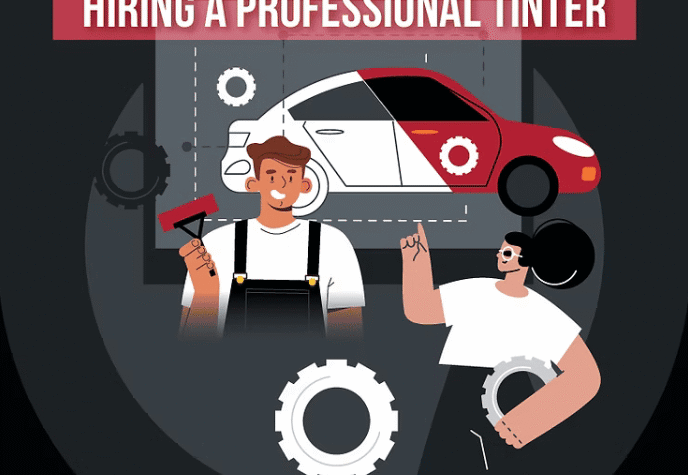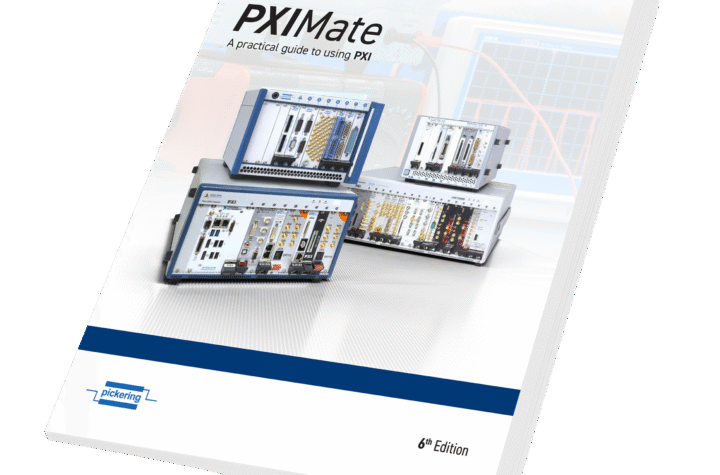
Following a rash of bankruptcies and a sharp rise in the cost of commodities, automotive manufacturers and suppliers are rethinking their price-based, and often adversarial, sourcing model. For years, they have engaged in a dance around inevitable annual percentage cuts. Low price is the main driver of supplier selection, and buyers are safe if they have selected a low-price supplier that offers year-over-year price-downs. But the dance is coming to an end, as manufacturers find that their selection of partners has resulted in a fragmented supply base that may have marginal, near-bankrupt suppliers with little design or process innovation. Purchasing shows savings that never hit the bottom line, while business line executives pay heavily for supplier bankruptcies, poor supplier quality, and launch problems. They are finally losing patience with a supply base that is not competitive and is pulling their businesses down.
Companies are beginning to explore supply systems that are based on knowledge, not price. The ideal—and, for some companies, the new reality—is to build better processes, from design through development and product launch, that will pay off with innovation and lasting effectiveness. It is an investment in knowledge and a commitment to knowing what is best: What is a best–in-class production facility? What is the right process for a particular volume or design attribute?
This type of knowledge-based sourcing is a hallmark of Japanese firms, including Toyota and Honda, and it is credited, in part, for their current success. Companies that adopt this approach can reduce the cost for parts such as pistons, exhaust manifolds, and cylinder heads by up to 55 percent over traditional procurement models. The savings come in different ways: Innovative designs for products and parts trump squeezed margins. With deeper knowledge, manufacturers have the insight to push suppliers to be more productive and deliver higher quality. Purchasing departments can be pared back and companies can reduce expensive reengineering after products are on the market. In essence, knowledge-based sourcing shifts much of the work to the front end of the product development process, to eliminate the need to put out costly fires later.
Indeed, Booz Allen Hamilton research into the purchasing efficiency of automotive suppliers shows more efficient companies have a relatively strong focus on new parts sourcing, and fewer resources spent on supplier quality and delivery issues. The most efficient firms tend to have a smaller supply base and more centralized operations for planning, negotiations, and supplier development, while purchasing resources that support the award-to-launch cycle are located within the product businesses. The overall knowledge embedded in cost tables, process cost curves, and design capabilities is what matters, not the price per piece.
For example, one automotive manufacturer developed cost models for each supplier of sealing materials, which are used to price design changes to its current prototype and production business, and to price future business. The commodity team can simply plug part details into each supplier model and market test the business in less than an hour because each supplier agrees that its individual model is valid. The team reduced the time it takes to price design changes from more than two weeks to less than an hour. This creates a huge advantage for the company as the team iterates on different designs. The cost and time of design cycles decreases dramatically.
A Road Map to the Obstacles
As Western manufacturers and suppliers set out to explore new sourcing models, they should also be thinking about strategies to avoid some of the common pitfalls surfacing for companies that enact elements of knowledge-based sourcing.
The transition to knowledge-based sourcing takes time and a balanced approach. Manufacturers must find ways to generate some short-term results in order to stay the course and keep their suppliers, engineers, sales staff, and some executives on board long enough to work through to the deeper, more meaningful efficiencies that knowledge-based sourcing promises.
This transition cannot begin without a commitment from executives and a game plan to build a broad understanding of suppliers’ current costs and capabilities, as well as a realistic vision of what is ideally possible. Companies need to dive deep into their suppliers’ plants, operations, and engineering capabilities to determine what cost reductions can be achieved without driving their suppliers out of business. Realistic and ideal cost understanding can come from many inputs, including supplier cost breakdown sheets, talks with suppliers, industry data, benchmarks, competitive analysis, parametric cost analysis, process cost curves, and cost tables. The picture that emerges when all of these elements coalesce creates the foundation for knowledge-based sourcing and its long-term potential.
A major obstacle to the knowledge-based sourcing model is the common belief that year-over-year price-downs will hit the bottom line. In many organizations today, executives focus on and reward aggregate savings, but do not address the true, long-term requirement to be advantaged. First, most companies are clueless about what is advantaged. In a knowledge-based system, year-over-year savings are less meaningful; what matters is whether the company is able to achieve its targeted profits for a given program or part.
To enact successful knowledge-based sourcing, purchasing staff needs strong expertise in elements of engineering and production in addition to supply chain knowledge. They need to know all there is to know about injection molding parts or castings or stampings, for example, as well as about how to employ process and cost models that apply to those parts or processes. At the same time, engineers need better training on how to design to cost and to leverage the supply base in the search for better designs and processes. Traditionally, they have been rewarded for quality or for delivering products on time, without much need to understand the demands on program financial returns.
A Model of Efficiency
Despite these obstacles, we are beginning to see early indications of success from companies that are enacting pieces of a knowledge-based system.
One automotive manufacturer began to launch a new supplier-relationship model, including the joint development of cost models with key suppliers on some critical commodities. One early success story was the cost model for various mechanical assemblies, which identified 15 percent in savings without compressing the supplier’s profit margin.
In another case, a major aerospace manufacturer and one of its primary suppliers initiated a joint effort to develop a mutual understanding of the development and production costs at each company. Cross-functional members from each organization served on the team, which developed a detailed model, including sub-tiers, of the enterprise costs. The joint team took a structured approach to develop cost opportunities and derive a “should cost” model. Using the “current cost” and “should cost” models, the joint team has been able to identify significant cost savings and the parties are working together to achieve them.
Above all, knowledge-based sourcing requires suppliers that drive performance and have good values. We saw one company move aggressively to an open-book set of supplier relationships. It had great success with suppliers, who were close to best-in-class, and most importantly had the right values – desire to learn, willingness to change, and fairness. In one case, the company entered a relationship with a valueless, privately held company that was focused on its profits at everyone else’s expense. This relationship obviously has been a disaster.
We suggest a measured approach that begins with comparing current production processes and costs to what would be ideal by building knowledge from teardowns of current production parts and competitors’ products. This first step already produces savings by addressing outliers and identifying design differences and pricing anomalies.
Next, based on the findings from cost modeling, companies can begin to create supplier development plans that aim to close the gap between current supplier costs and the ideal, as much as realistically possible.
The third step involves embedding profit planning in the organization. It goes beyond mere cost modeling to include cross-functional profit planning and target costing for each program from the market and product back to the individual program cost components, all the way to material cost targets by sub-system and part. Implementing profit planning should go hand-in-hand with improving cross-functional collaboration, including early purchasing and supplier involvement in product development.
In the fourth step, the existing supply base should be consolidated, restructured, and developed as necessary to build the “ideal” supply base, based on the understanding of industry economics, required supplier capabilities, and available process technology choices developed in the previous steps.
The final stage is transformation of the entire organization, as staff is trained and coached in knowledge-based sourcing. The company should establish new lines of responsibility and decision rights along with objectives, metrics, and incentives geared toward long-term cost effectiveness.
It is hard work to establish the sophisticated supplier networks that are built on collaboration and trust, as well as continuous improvement and aggressive, jointly agreed targets, that are the hallmarks of knowledge-based sourcing. Ultimately, however, the companies that commit to the effort will create a lasting competitive advantage that is difficult for others to emulate.












More Stories
Automotive Industries (AI) Newsletter April 2025
How to Create the Ultimate Off-Road Vehicle Garage: A Practical Guide
5 Fleet Tracking Metrics Every Manager Should Be Monitoring